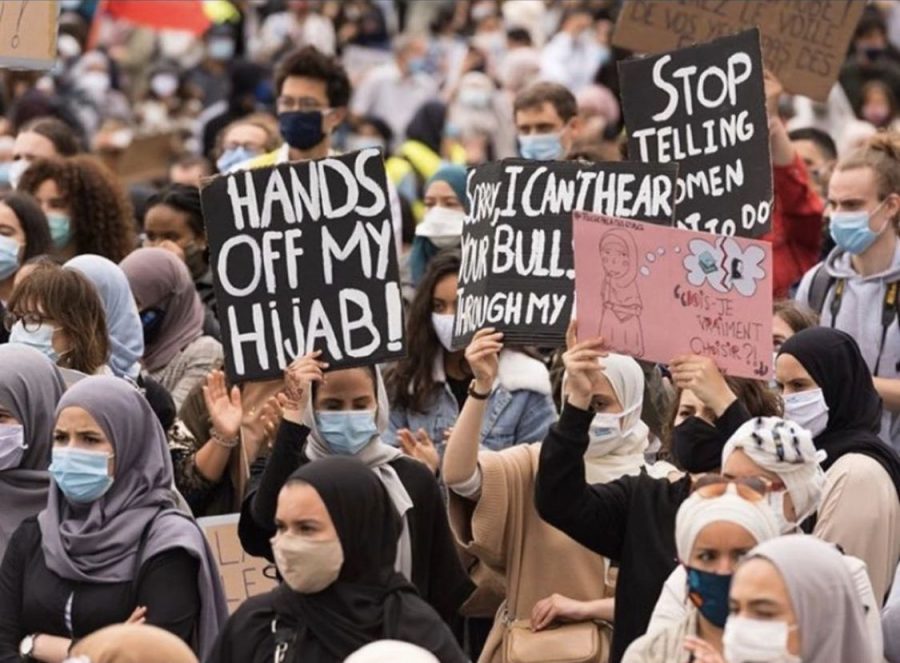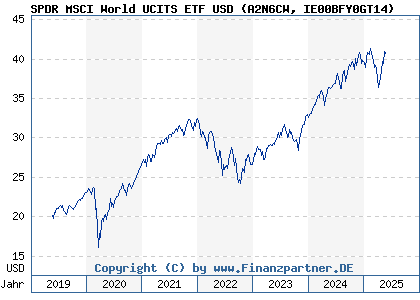France's Ruling Party Weighs In On Public Hijab Ban For Under 15s

Table of Contents
The Proposed Legislation: Key Details and Rationale
The proposed law, though still under discussion and lacking precise details, aims to restrict the wearing of the hijab in public spaces for girls under the age of 15. While the exact parameters remain unclear, it's anticipated the ban would apply to public areas, potentially including schools and public transportation. Penalties for non-compliance are yet to be specified.
- Specifics of the proposed ban: The current proposals are vague, but it is expected to impact public spaces, potentially extending to school environments. Precise geographical limitations are still uncertain.
- Stated reasons for the proposal: The ruling party cites the protection of minors from perceived coercion and the upholding of French secular values (laïcité) as primary justifications. They argue that young girls are particularly vulnerable to societal pressures and that a ban is necessary to safeguard their autonomy.
- Similar laws already in place in France: France already has laws prohibiting the wearing of conspicuous religious symbols in schools, but this proposed legislation would significantly expand the scope and age range affected.
Arguments For the Hijab Ban: Secularism and Child Protection
Proponents of the ban emphasize the importance of French secularism (laïcité) and child protection. They argue that the state should remain neutral regarding religious expression, particularly where minors are concerned.
- French secularism and its relevance: Laïcité, a cornerstone of French identity, aims to separate the state from religious institutions and beliefs. Proponents argue a hijab ban aligns with this principle.
- Concerns about pressure on young girls: Supporters express concerns that young girls may be pressured into wearing the hijab, thereby hindering their freedom of choice and self-expression. They often cite cases of family pressure or community expectations.
- Safeguarding children's rights and autonomy: The argument centers on the idea that children, particularly those under 15, lack the maturity to make fully informed decisions about their religious practices. The ban is positioned as protective measure.
- Supporting statistics and studies: While specific statistics on coercion directly related to hijab wearing are debated, studies on the pressures faced by young Muslim girls in Western societies are often cited to support these arguments.
Counterarguments: Religious Freedom and Discrimination Concerns
Opponents of the ban raise serious concerns about religious freedom and potential discrimination against Muslim girls and their families.
- Infringement on religious freedom: Critics argue that such a ban would infringe upon the fundamental right to religious freedom, as guaranteed by international human rights laws.
- Discriminatory impacts: The ban is seen as discriminatory, targeting a specific religious group and potentially exacerbating existing prejudices. It's argued the ban disproportionately affects Muslim girls and families.
- Potential legal challenges and human rights implications: Opponents anticipate legal challenges based on violations of human rights principles, potentially leading to international condemnation.
- Statements from opposing parties and organizations: Human rights organizations and advocacy groups have voiced strong opposition, highlighting the potential for increased marginalization and social exclusion.
International Reactions and Comparisons
The proposed legislation has drawn international attention, with mixed reactions. Several international human rights organizations have expressed concern about potential human rights violations.
- Reactions from international human rights organizations: Amnesty International and Human Rights Watch, among others, have voiced concerns about the potential infringement on religious freedom and the risk of discrimination.
- Comparisons with similar legislation in other countries: While some European countries have regulations regarding religious symbols in public spaces, the scope and specific targeting of this proposal differs significantly. Comparisons with other nations' approaches reveal varied interpretations of secularism and religious freedom.
- Potential diplomatic consequences: The proposed ban could strain diplomatic relations with Muslim-majority countries and international communities concerned about religious freedom.
The Political Landscape and Future Implications
The debate is highly politicized, reflecting broader societal divisions within France. The ruling party's motivations likely involve appealing to a specific electorate and addressing concerns about national identity.
- Political motivations and strategic considerations: The timing and nature of the proposal may be influenced by upcoming elections and attempts to garner support from specific segments of the population.
- Public opinion polls and societal divisions: Public opinion is divided, with significant variations across demographic groups and political affiliations. This creates a deeply polarized political environment.
- Potential long-term effects on social cohesion and integration: The ban, if enacted, could have long-term effects on social harmony and the integration of Muslim communities into French society, potentially leading to further marginalization and alienation.
Conclusion
The proposed hijab ban for girls under 15 in France presents a complex issue that pits the principles of French secularism against concerns about religious freedom and potential discrimination. The arguments for and against the ban highlight the tension between protecting minors and respecting individual liberties. The debate's outcome will significantly influence the lives of Muslim girls in France and shape the ongoing dialogue surrounding religious expression and secularism.
Call to Action: Stay informed on the developments regarding the hijab ban France under 15 debate and engage in respectful dialogue about this important issue. Learn more about the ongoing debate on a hijab ban in France by researching reputable news sources and human rights organizations working on related issues. Your informed participation is crucial in shaping the future of this sensitive discussion.

Featured Posts
-
 Lego Master Manny Garcia Visits Veterans Memorial Elementary School Photo Highlights
May 24, 2025
Lego Master Manny Garcia Visits Veterans Memorial Elementary School Photo Highlights
May 24, 2025 -
 Ferrari 296 Speciale Detalhes Do Motor Hibrido De 880 Cv
May 24, 2025
Ferrari 296 Speciale Detalhes Do Motor Hibrido De 880 Cv
May 24, 2025 -
 Mengupas Sejarah Porsche 356 Dari Zuffenhausen Ke Dunia
May 24, 2025
Mengupas Sejarah Porsche 356 Dari Zuffenhausen Ke Dunia
May 24, 2025 -
 A Relaxing Escape To The Country Choosing The Right Location
May 24, 2025
A Relaxing Escape To The Country Choosing The Right Location
May 24, 2025 -
 Amundi Msci All Country World Ucits Etf Usd Acc A Guide To Net Asset Value
May 24, 2025
Amundi Msci All Country World Ucits Etf Usd Acc A Guide To Net Asset Value
May 24, 2025
Latest Posts
-
 Housing Finance Family Fun Everything You Need At The Iam Expat Fair
May 24, 2025
Housing Finance Family Fun Everything You Need At The Iam Expat Fair
May 24, 2025 -
 Iam Expat Fair Your One Stop Shop For Housing Finance And Family Fun
May 24, 2025
Iam Expat Fair Your One Stop Shop For Housing Finance And Family Fun
May 24, 2025 -
 Iam Expat Fair Housing Finance Fun And Kids Activities
May 24, 2025
Iam Expat Fair Housing Finance Fun And Kids Activities
May 24, 2025 -
 Shareholder Information Philips Annual General Meeting 2025 Agenda
May 24, 2025
Shareholder Information Philips Annual General Meeting 2025 Agenda
May 24, 2025 -
 Annual General Meeting Of Philips Shareholders Key Announcements And Updates
May 24, 2025
Annual General Meeting Of Philips Shareholders Key Announcements And Updates
May 24, 2025
